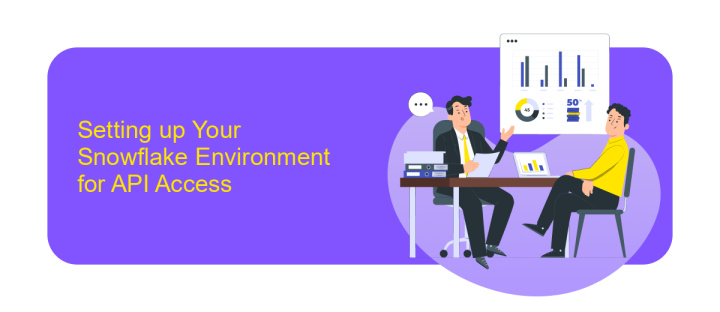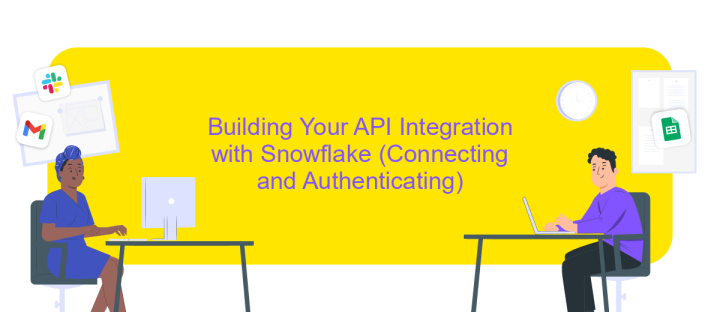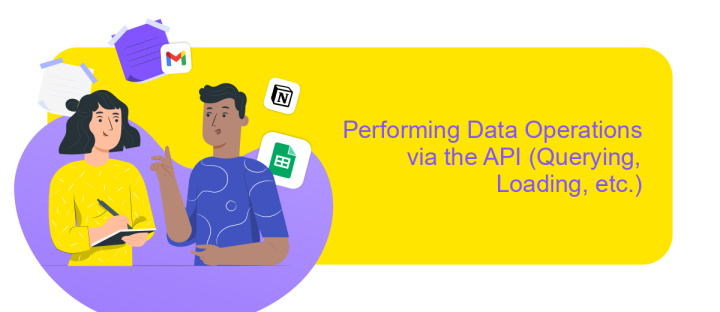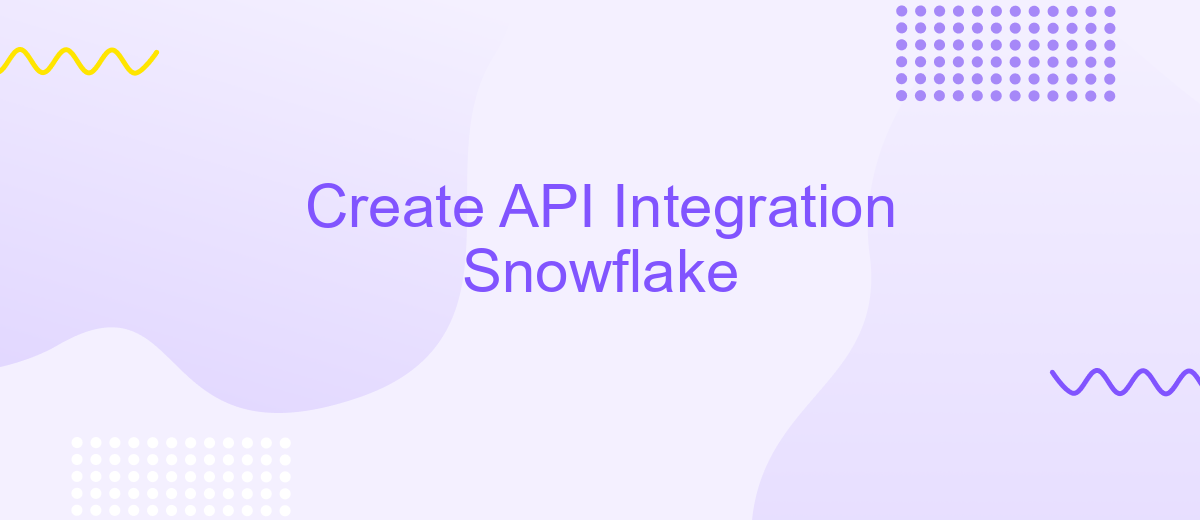Create API Integration Snowflake
Creating an API integration with Snowflake enables seamless data exchange and enhanced analytics capabilities, empowering businesses to leverage their data more effectively. This article guides you through the process of setting up a robust API connection with Snowflake, ensuring secure and efficient data flow. Whether you're a developer or a data analyst, understanding these integration steps will help you optimize your data management and harness the full potential of Snowflake's cloud data platform.
Introduction to Snowflake and API Integrations
Snowflake is a cloud-based data warehousing platform that provides a flexible and scalable solution for managing large volumes of data. It is designed to handle diverse data workloads, from traditional analytics to advanced machine learning tasks. As a fully managed service, Snowflake eliminates the need for hardware management and offers seamless integration with various data sources and tools.
- Scalability: Snowflake's architecture allows for independent scaling of compute and storage resources.
- Flexibility: It supports structured and semi-structured data, enabling diverse data processing needs.
- Interoperability: Snowflake integrates easily with a wide range of third-party tools and services.
- Security: Offers robust security features to protect sensitive data, including encryption and access controls.
API integrations with Snowflake enable users to extend its capabilities by connecting with external applications and services. These integrations facilitate data movement, transformation, and analysis across different platforms. By leveraging APIs, businesses can automate workflows, enhance data accessibility, and improve decision-making processes. Snowflake's support for RESTful APIs and connectivity with popular integration tools makes it an ideal choice for organizations looking to streamline their data operations.
Setting up Your Snowflake Environment for API Access

To begin setting up your Snowflake environment for API access, first ensure that you have the necessary permissions and roles assigned within your Snowflake account. This involves creating a dedicated role for API access, granting it appropriate privileges to execute SQL statements, and manage the necessary objects within your database. You should also configure a secure network policy to allow access only from trusted IP addresses. This step is crucial for maintaining data security and ensuring that only authorized applications can interact with your Snowflake instance.
Next, consider utilizing integration platforms like ApiX-Drive to streamline the process of connecting your Snowflake environment with external applications. ApiX-Drive offers a user-friendly interface for setting up and managing API integrations without requiring extensive coding knowledge. By leveraging such tools, you can automate data workflows, enhance data synchronization, and reduce manual intervention. Ensure to test your setup thoroughly to verify that data is being transferred accurately and securely between Snowflake and your chosen applications. This preparation will facilitate a smooth and efficient API integration process, optimizing your data operations.
Building Your API Integration with Snowflake (Connecting and Authenticating)

Integrating your API with Snowflake requires establishing a connection and ensuring secure authentication. This process involves several key steps to ensure a seamless and secure integration. First, you'll need to configure your Snowflake account to accept API requests, which involves setting up the necessary roles and permissions to control access. Additionally, you'll have to generate API keys or tokens that will be used for authentication purposes.
- Set up a Snowflake account and configure the necessary roles and permissions.
- Generate API keys or tokens for authentication.
- Implement secure storage and management of these keys or tokens within your application.
- Use Snowflake's REST API to establish a connection, sending requests with the appropriate authentication credentials.
- Test the connection to ensure that your integration is functioning correctly and securely.
Once these steps are completed, your API integration with Snowflake will be ready to handle data operations securely. It's crucial to regularly review and update your authentication methods to maintain the security of your integration. By following these guidelines, you can ensure a robust and secure connection to your Snowflake data warehouse.
Performing Data Operations via the API (Querying, Loading, etc.)

Integrating with the Snowflake API allows you to perform a range of data operations seamlessly. By leveraging the API, you can execute queries, load data, and manage datasets efficiently. This integration provides a robust interface for interacting with your Snowflake data warehouse, enabling automation and enhancing productivity.
To query data, the API facilitates sending SQL statements directly to Snowflake. This allows you to retrieve data in real-time, ensuring that your applications always have access to the latest information. Loading data into Snowflake via the API is equally straightforward, supporting various data formats and ensuring secure and efficient data transfer.
- Execute SQL queries to fetch data.
- Load data using supported file formats like CSV and JSON.
- Manage datasets with operations such as insert, update, and delete.
- Automate data workflows for enhanced efficiency.
By using the Snowflake API for data operations, you streamline processes and reduce manual intervention. This not only saves time but also minimizes errors, ensuring data integrity and consistency. The API's flexibility and scalability make it an essential tool for modern data management practices.
- Automate the work of an online store or landing
- Empower through integration
- Don't spend money on programmers and integrators
- Save time by automating routine tasks
Best Practices and Considerations for Snowflake API Integrations
When integrating APIs with Snowflake, it is crucial to prioritize security and data integrity. Always use secure authentication methods like OAuth or API keys, and ensure that data in transit is encrypted using HTTPS. Regularly review and update access permissions to minimize the risk of unauthorized access. Additionally, implement robust error handling and logging to monitor the integration process and quickly identify any issues that may arise.
Consider using integration platforms like ApiX-Drive to simplify the process of connecting Snowflake with various applications. Such platforms can automate data workflows, reducing manual effort and minimizing errors. Ensure that your integration setup is scalable to accommodate future growth and changes in data volume. Regularly test and optimize API calls to maintain performance efficiency. Finally, stay informed about Snowflake updates and best practices to ensure your integration remains current and effective.
FAQ
What is Snowflake API integration?
How can I create an API integration with Snowflake?
What are the benefits of integrating Snowflake with other applications?
Can I automate data transfers between Snowflake and other services?
What tools can help with Snowflake API integration?
Apix-Drive is a universal tool that will quickly streamline any workflow, freeing you from routine and possible financial losses. Try ApiX-Drive in action and see how useful it is for you personally. In the meantime, when you are setting up connections between systems, think about where you are investing your free time, because now you will have much more of it.


